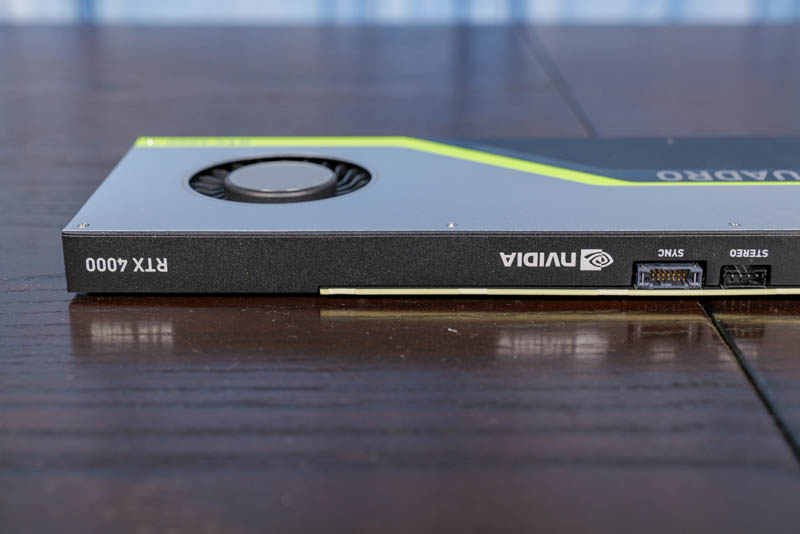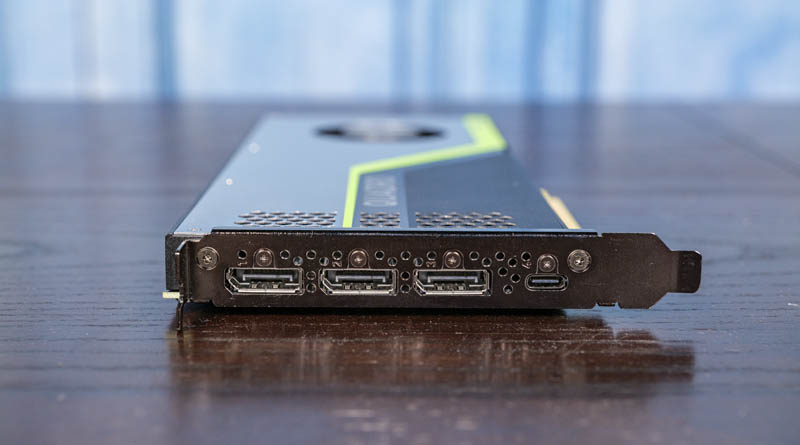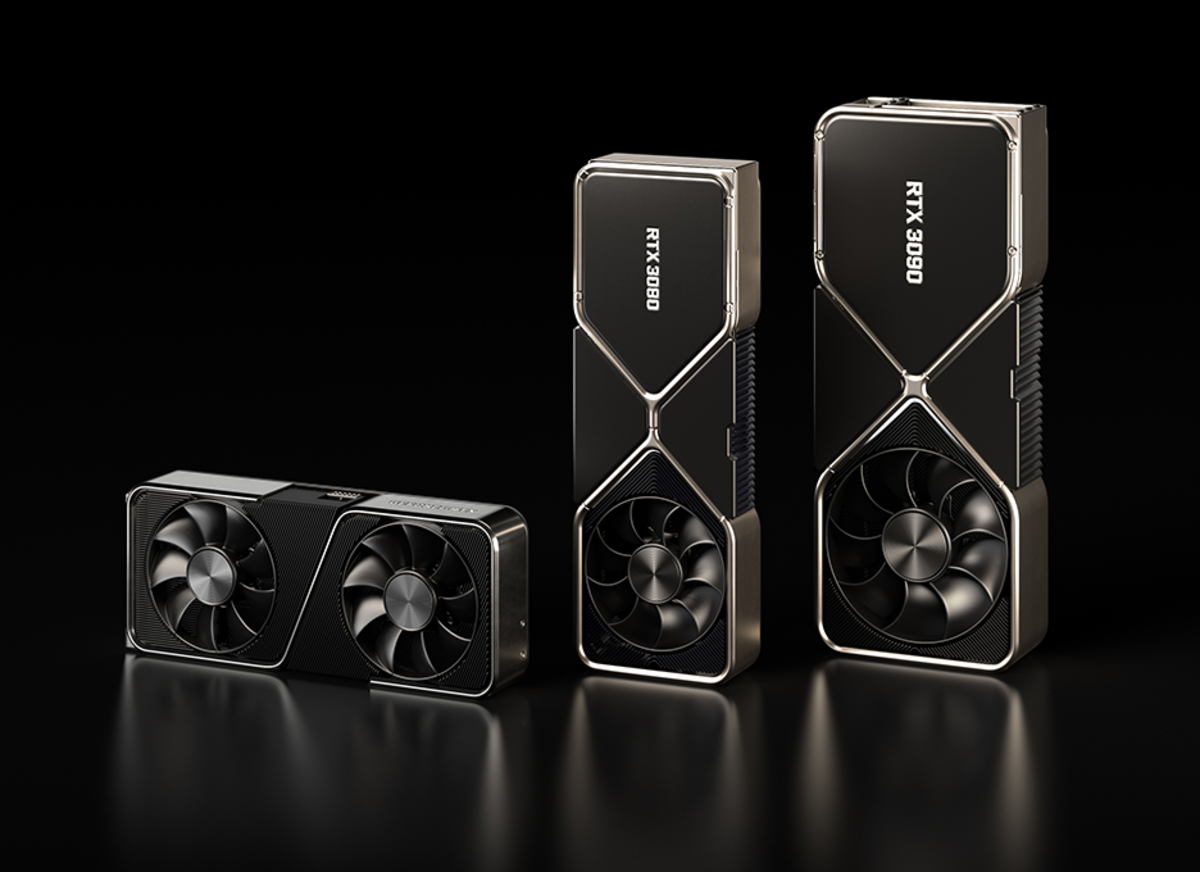

- Nvidia quadro 4000 update#
- Nvidia quadro 4000 series#
For certain uses, though, they're critical.Along with their server part announcements today, NVIDIA is also using the backdrop of GTC to do a wholesale update of their professional visualization product stack. All of this is related to the binning of the chips.Ĭertainly these advantages don't make any difference for most people. If you can massively reduce the number of blades or rack space that you need to take up, then the extra price for each individual card is well worth it. That means that if you putting it in a 1U server rack, or a blade, or if you want to have 6 GPUs working in parallel in a single server for GPGPU work, you can do some interesting things that aren't easy with the GeForce range.

While the GeForce GTX 480, 470, and even 460 can outdo the Quadro 4000 in single precision, you're not going to find them in a single slot. The Quadro 2000 is a single slot three quarter length card.
Number of slots (and some related power and cooling issues). the 4000) have ECC memory, which should decrease the rate of soft errors. Going along with the point about fewer bit errors, the Tesla cards and the high end Quadros (50, not. There are some small advantages to the Quadro/Tesla cards not mentioned above: Note, that from the point of view of theoretical peak performance the GTX 480 ( data sheet) is considerably faster than both Tesla C2050/2070 and Quadro 6000 which is reflected in most applications. At the same time, the capped GTX 480 is around 168 GFlops FP64 and even a GTX 460 is around 113 GFlops (peak).īoth the FP32 performance and memory bandwidth is much lower on the Quadro 4000 comapred to the GTX 480 (86.9 vs 177.4 GB/s)! As the Quadro 4000 is a low-end model with AFAIR only 450 MHz shaders (I can't find the reference ATM, but it should be definitely lower than the 5000 which is clocked at 513 MHz) which gives it around 115 GFlops FP64. Note that the crippled GeForce double precision performance is not an issue in this comparison, but let me elaborate. I think you're better off with a GTX 470 or 480, just make sure that you buy the ones with standard frequencies. Otherwise, Quadro is not really worth it especially not the 4000 which is even slower than a GTX 460 while it costs ~3.5x more. If you need the Quadro's rendering features get a Quadro. The two cards you mention are from entirely different league and therefor not directly comparable. **non factory-overclocked* GeForce*: saves money ). If you want to use FP64 intensively, forget about GeForce, otherwise Quadro if need FP64 and/or also need advanced rendering features (the new "Fermi" Teslas have similar rendering capabilities as a GeForce) Tesla: if you need lots of memory or FP64 (+reliability?). for development: GeForce (unless you absolutely need >1.5 Gb memory). Proper cooling is very important, as well as avoiding overclocked cards including factory overclokced models (see Figure 1 of the previously mentioned paper). My experience is that GeForce cards tend to be less reliable, especially at constant hight load. NVIDIA claims that Tesla cards are QC-d for 24/7 use.Ī recent paper ( Haque and Pande, Hard Data on Soft Errors: A Large-Scale Assessment of Real-World Error Rates in GPGPU) suggests that Tesla is indeed less error prone. Tesla and Quadro are (supposed to be) more thoroughly tested and therefore less prone to produce errors that are pretty much irrelevant in gaming, but when it comes to scientific computing, just a single bit flip can trash the results. Crippling the GeForce line is meant to give the Tesla line an advantage in HPC GTX 480 is in fact faster than Tesla 20x0 - 1.34TFlops vs 1.03 TFlops, 177.4 Gb vs 144 Gb/sec (peak). 
Yet another market segmentation trick, quite popular nowadays among hardware manufacturers.
Nvidia quadro 4000 series#
GF10x series cards have their double precision (FP64) performance capped at 1/8-th of the single precision (FP32) performance, while the architecture is capable of 1/2.

Consumer cards ATM have max 1.5 Gb (GTX 480) while Teslas and Quadros up to 6 Gb. If you need lots of memory than you need Tesla or Quadro. I'm not going to go into detail about the differences between Quadro and GeForce cards, but I will just underline the significant points which can contribute in choosing between them. raytracing) than the answer to your question is slightly more simple, but not trivial. If you neither care about visualization nor rendering (drawing final results on screen e.g.








 0 kommentar(er)
0 kommentar(er)
